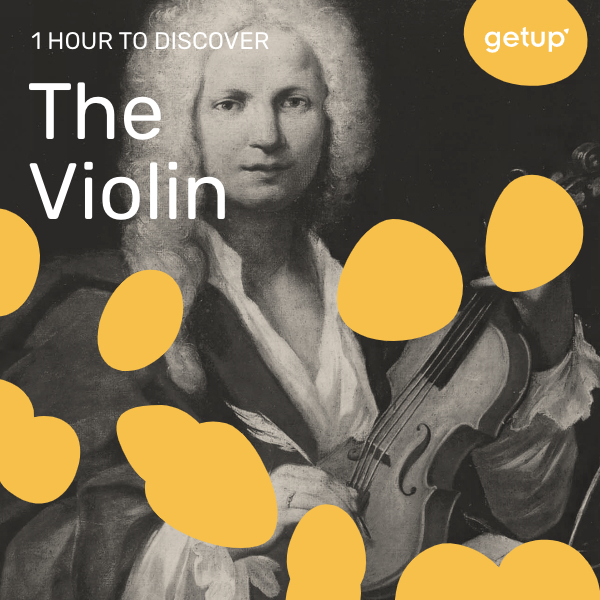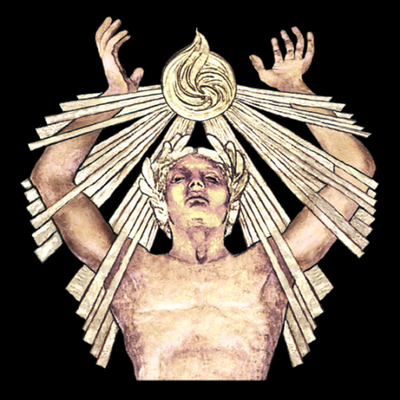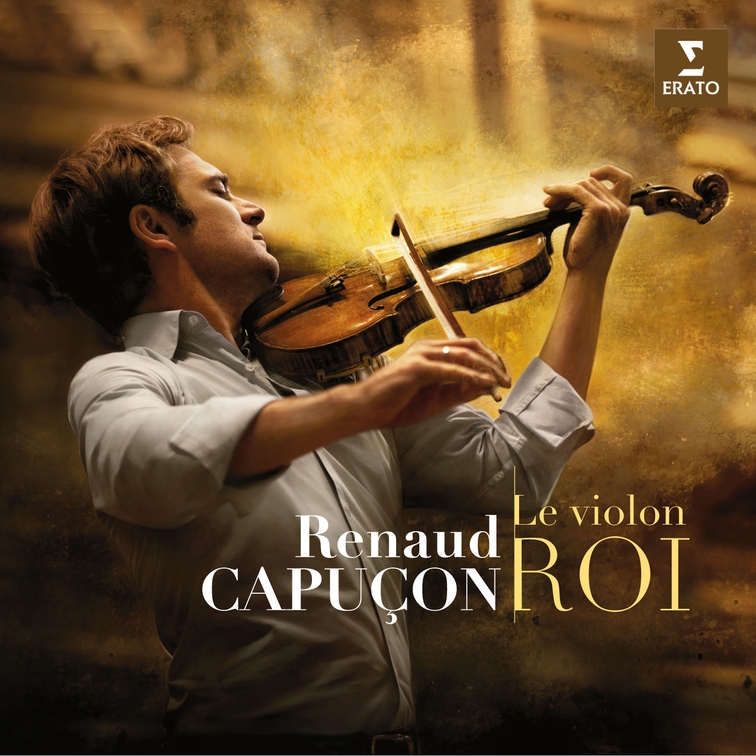How many people are traumatized in their childhood, and put off by classical music, and this instrument which is beautiful, and at the same time so demanding?
The first violin is likely to have appeared in Italy around the year 1530, for which the country has gradually introduced the greatest luthiers (Stradivarius ahead) and the most famous virtuosos (Tartini, Vivaldi).
In the Baroque era, the violin had already occupied all posts: leader of the orchestra (cf. Track 1); soloist (Vivaldi’s The Four Seasons); chamber music co-partner (Pachelbel's Canon)... or self-sufficient, as in Partitas for solo violin by Johann Sebastian Bach. The classical era equally appreciated the instrument and Mozart himself devoted it to some sublime sonatas and concertos.
In the early 19th century, Paganini wrote amazingly virtuoso pieces and Mendelssohn composed his famous Concerto for Violin N°2 in E minor, a masterpiece of the violins repertoire, with its heartbreaking introduction. At the end of the century, Tchaikovsky produced an astounding Concerto for Violin and Massenet wrote the sublime Meditation.
The interpretation of this instrument evolved a lot in the second half of the 20th century and many violinists play a “vintage” instrument nowadays. The key difference? “Baroque” violins – such as the ones you hear on the first six tracks of the playlist – have gut strings (not synthetic or steel like for the modern violin), a warm sound yet less powerful, and the Baroque violinists play without a chin rest or vibrato.
Finally, as the violin is one of the musical instruments that “sing” in an orchestra, it blends perfectly with the voice, and so the classical repertoire is plentiful of tunes with violin solos. Two pieces illustrate this and close the playlist: the lied “Morgen” by Richard Strauss, and “Salut! Demeure chaste et pure” extracted from Gounod's Faust.






.jpg)